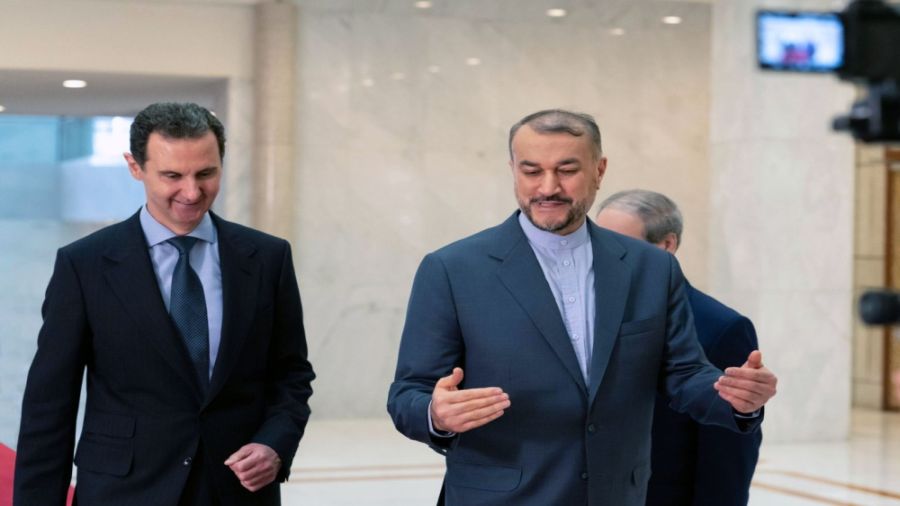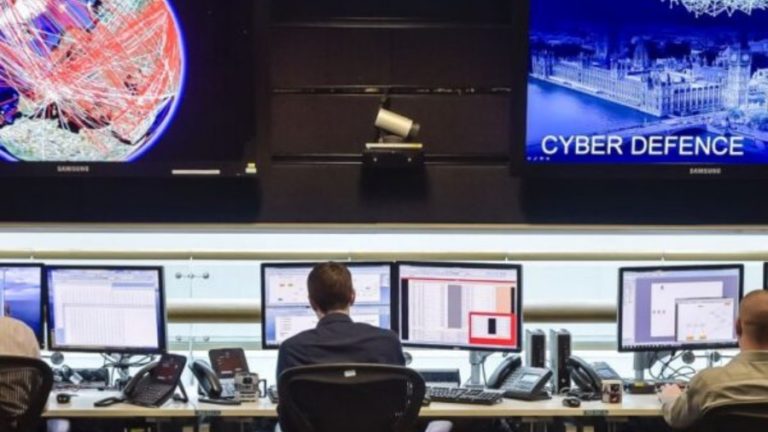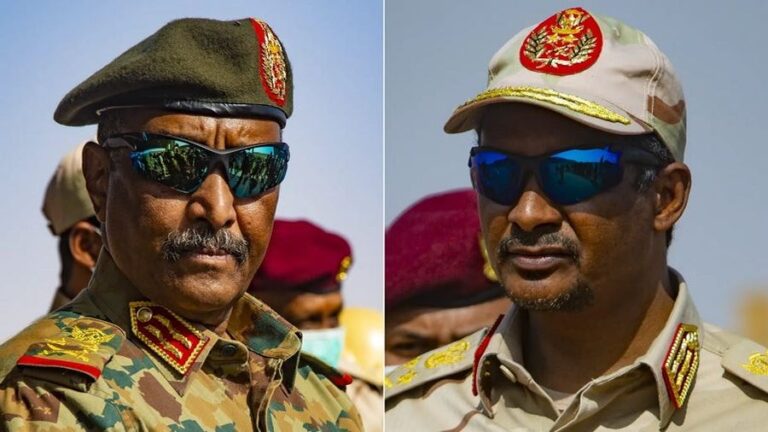Syria’s Power Dynamic Is Shifting
The process toward a Turkish-Syrian rapprochement may lose momentum as a top aide to Turkish President Recep Erdogan threatened to derail it. On Saturday, Ibrahim Kalin, presidential advisor on foreign policy, stated during a media briefing in Ankara that the Russian push for peace did not mean that Ankara was abandoning the option of launching a new campaign in Syria.
To quote Kalin, “A ground operation is possible any time, depending on the level of threats we receive.” But he also added, “Turkey never targets the Syrian state or Syrian civilians.”
This may seem like crying “wolf.” But Kalin’s comments came two days after Syrian President Bashar Al-Assad said that any future talks with Ankara should aim for “the end of occupation” by Turkey of parts of Syria.
Syrian Foreign Minister Fayssal Mikdad since said at a joint press conference in Damascus on Sunday with the visiting Iranian FM Hussein Amir Abdollahian that a suitable environment must be created for Syrian-Turkish meetings at higher levels if necessary, and that any political meetings must be built on specific foundations that respect Syria’s sovereignty and territorial integrity and the presence of the armed forces as a real guarantor of the Syrian and neighbouring lands, and this is the thing that determines the possibility of holding such meetings.
Abdollahian’s own remark was equally revealing: “Syria and Turkey are important countries in the region, and Tehran has distinguished and good relations with both of them, and when there were threats of Turkish military attacks against northern Syria, we worked to prevent that, and we are happy that the diplomatic efforts we made led to dialogue taking the place of war.”
Plainly put, Tehran underscored that it has equity in any Syrian-Turkish normalisation. Arguably, Iran creates space for Syria to negotiate with Turkey. Iran is a balancer in the Syrian-Russian equations also, which has its complexities too. Basically, Tehran regards Damascus as part of the “axis of resistance” that is integral to Iran’s regional strategies.
Significantly, this is also the thrust of a commentary recently by the influential NourNews which is wired into Iran’s national security establishment.
Indeed, Assad told Abdollahian that Damascus is keen on “continuous communication and coordination of positions” with Iran, especially since the latter was one of the first countries to stand by the Syrian people in their war against terrorism, and furthermore, such coordination is of the utmost importance today to “achieve common interests” when the two countries are witnessing “accelerated regional and international developments.”
During Abdollahian’s visit, Syria and Iran agreed to renew an economic strategic agreement, which would be formalised during a forthcoming visit by President Ebrahim Raisi to Damascus.
Apart from the crucial security role by tens of thousands of Iran-backed fighters in tilting the balance of forces in the Syrian conflict in Assad’s favour, Iran has also been a critical economic lifeline for Syria, delivering fuel and credit lines worth billions of dollars to help Damascus offset crippling Western-led sanctions. Syria and Iran signed almost a dozen economic deals in 2019 as part of the long-term strategic economic agreement to bolster their commercial ties.
Moscow may have pursued Ankara’s interests more in its relations with Syria lately. But Moscow’s shrinking strategic band width and diminished influence in Syria in the downstream of the Ukraine conflict does not translate as retrenchment.
The redeployment of the Wagner Group from Syria’s southwest and far eastern regions to Ukraine, the transfer of a Syria-based S-300 missile defence system to Ukraine and even possible withdrawal of additional military assets from Syria can only be seen as tactical shift in Russia’s military footprint in Syria.
Plainly put, Iran’s role is a factor of stability in the Syrian situation lest an empowered Turkey feels tempted to expand its presence in Syria. Equally, Russia also plays a trapeze act, leveraging its presence in Syria to encourage a conflicted Israel to navigate a precarious balance between its interests in Syria and its support for Ukraine and the West.
The bottomline is that in the wake of the Ukraine conflict, the Syrian conflict’s power dynamic is dramatically shifting. On the one hand, there is a strategic “pull” toward a greater possibility of Damascus, Moscow, Tehran and Ankara working together to push US forces out of northeast Syria.
On the other hand, the power dynamic with Russia may be shifting in Ankara’s favour lately. Erdogan’s capacity to hold Swedish and Finnish accession to NATO hostage; Erdogan’s intensified threats to launch another incursion into northeast Syria; Turkiye’s role as the sole custodian of the Bosphorus and Dardanelles straits which regulate the access to the Black Sea — these are factors that may encourage Erdogan to press his demands more forcefully once the Turkish elections slated for June get over and Russia’s primary leverage on Turkiye, which is economic rather than military, loses its potency.
Make no mistake that Erdogan’s top priority will be the dismantling of the Kurdish project in northeast Syria. How Erdogan goes about it is the whole point. It may not be a bad thing for Russia since any such shift in the Syrian conflict landscape would ultimately cut down the Kurds, threaten the viability of the US-Kurdish partnership and eventually pressure the US to pull out of Syria.
But the catch is, it may entail another limited Turkish invasion of Syria. Should Erdogan believe that his victory in the forthcoming election depends on another Syrian incursion, Russia will be unlikely to prevent the attack. Hence Moscow’s positive attitude toward Erdogan’s proposal on a trilateral meeting between Turkey, Russia, and Syria to address Turkiye’s security concerns.
Any aggressive Iranian tactics at this point may weaken Russia’s capacity in fostering a Turkish-Syrian rapprochement. But then, the mitigating factor here is that in the present conditions under sanctions, Russia and Iran also have deepened their strategic ties well beyond their cooperation in Syria.
It comes as no surprise, therefore, that the semi-official Iranian news agency Tasnim reported on Sunday quoting an influential member of the Majlis that Tehran expects to take delivery of a number of Sukhoi Su-35 fighter jets in the coming months plus “a series of other military equipment from Russia, including air defence systems, missile systems and helicopters.”
Su-35 is a 4++ generation twin-engine, super-maneuverable fighter jet and a game changer. It is for the first time since the Islamic Revolution in 1979 that Iran will be receiving advanced cutting-edge weaponry to boost its deterrence capability.







